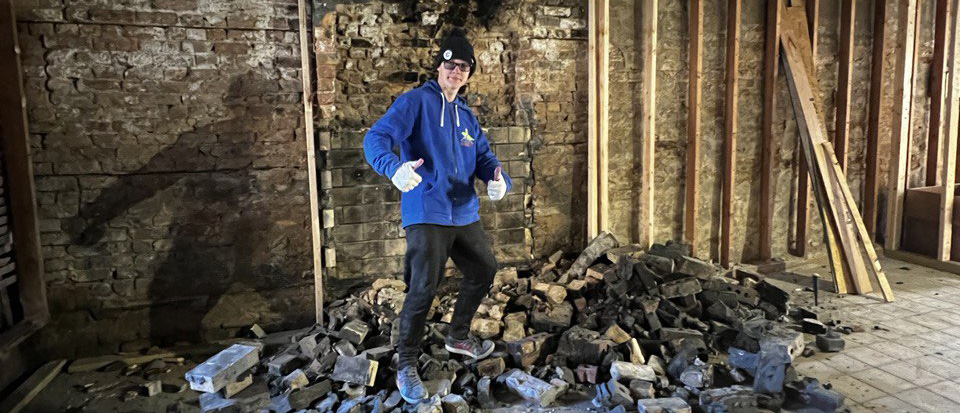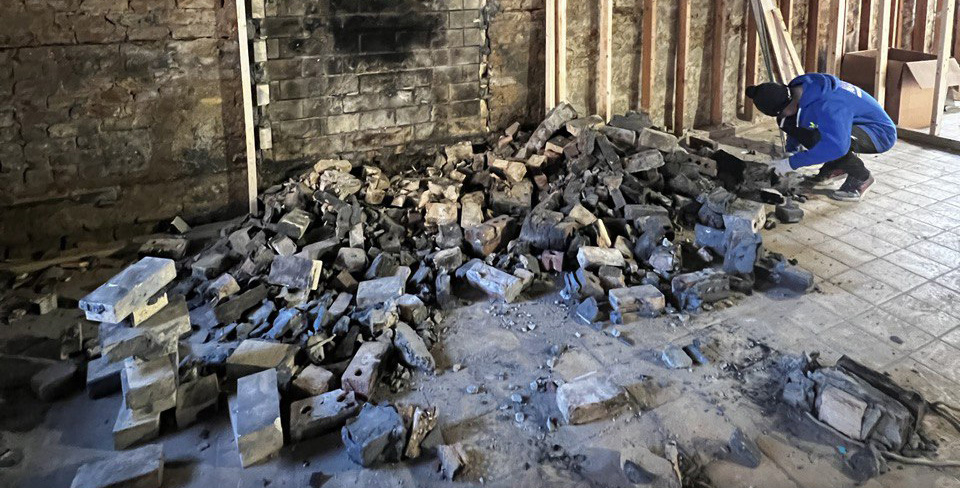Nothing makes a house cozier than a fireplace. The fireplace not only brings a special atmosphere but also warms up on cold days. However, how long it will last depends on how you handle it. It is important to properly maintain the fireplace because, without it, you will not only spoil it but also risk your health. In this article, we will share with you 5 tips on how to maintain a fireplace yourself.
Some Tips on How to Maintain a Fireplace by Yourself
Sometimes it is not necessary to call professionals every time to maintain the fireplace. There are some things you can do yourself, and now we'll talk about them.
Clean Up The Fireplace
Although a wood-burning fireplace creates a relaxing ambiance in the home, the by-products it produces from burning all this wood are numerous. As a result, you must frequently remove them. Not only would cleaning the inside enhance its looks, but it would also increase the fireplace's heating effectiveness. For instance, you may use the ash to fertilize plants in your house or yard instead of discarding it. We advise using a protective mask when cleaning the fireplace to safeguard your breathing.

Use High-Quality Wood
Use hardwoods like oak, maple, and birch to heat the fireplace instead of conifers like cedar and pine. Aged wood species are those that have undergone a thorough drying process to achieve a moisture content of under 20%. Typically, the wood needs to be dried for 6 to 12 months before it is suitable for the fireplace. It is recommended to divide the logs into little pieces of wood in order to dry them more quickly. Although hardwoods are more costly than conifers, they also create more heat, burn longer, and produce less creosote overall. In the long term, you are better off utilizing hardwoods for your fireplace than conifers.
Soot and Creosote Removal
One of the various substances left over after burning wood is creosote. Especially if you use wood that hasn't been adequately conserved or dried out completely. The combustible black residues found in the inner walls of the chimney are one of the primary causes of chimney blockage or fire. Another unfavorable byproduct of burning wood is soot. Even though soot is softer than creosote, it nevertheless sticks to a considerably greater area and poses a fire risk. If required, both of these residues should be carefully removed to avoid clogging the airflow, which will only make the fireplace's many issues worse.
Set Smoke Alarms
A fireplace may be a cozy source of heat for a house, but it also poses a risk to one's health. In general, you shouldn't have any issues with a fireplace that has been installed correctly. When your chimney or ventilation system is obstructed, a situation like carbon monoxide poisoning might arise. It is important to install smoke and carbon monoxide detectors to make sure your fireplace is operating correctly and to protect your family.

Install a Blower and Heat-Proof Glass Door
Use glass doors and blowers to improve the safety, efficiency, and maintenance of your wood-burning fireplace. Sparks and coals from the fireplace won't fly into the room thanks to the glass door. Glass that can withstand heat is also simpler to maintain. Simply wipe the soot off the glass with a paper towel to complete the task. Additionally, adding a fan or blower will aid in distributing heat over a wider area.
Where Do I Order Fireplace Maintenance?
Reliable fireplace repair companies, such as 312masonry, INC, are always ready to help you with fireplace brick crack repair, restoring old fireplaces, as well as fireplace cleaning and repair. 312masonry, INC will provide you with high-quality services because they use only modern solutions and have gained rich experience through the years.